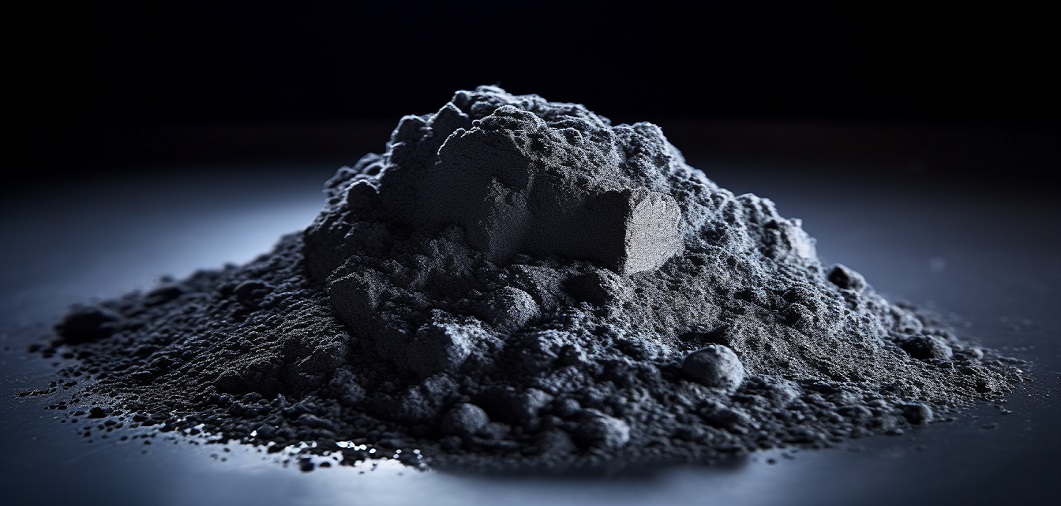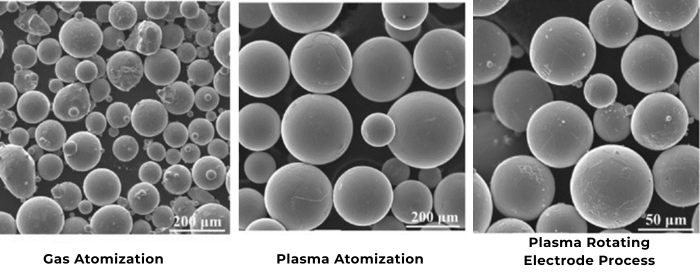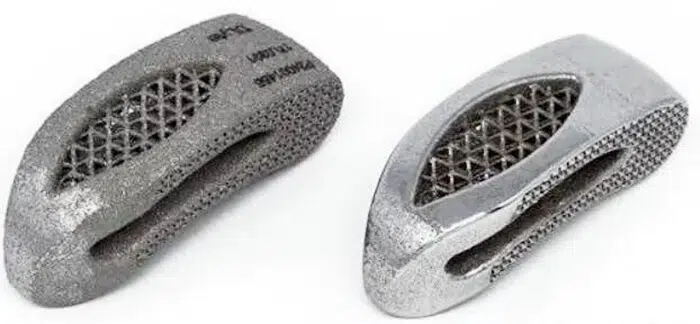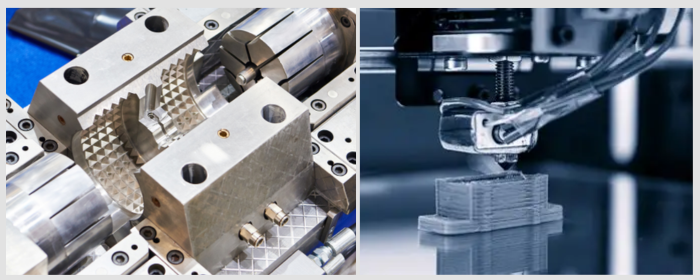

C103 powder is an alloy powder primarily composed of niobium (Nb) with small amounts of titanium, zirconium, and tungsten. It is a high-temperature alloy powder that maintains excellent performance in extreme heat conditions. Its common applications include aerospace and rocket engines.
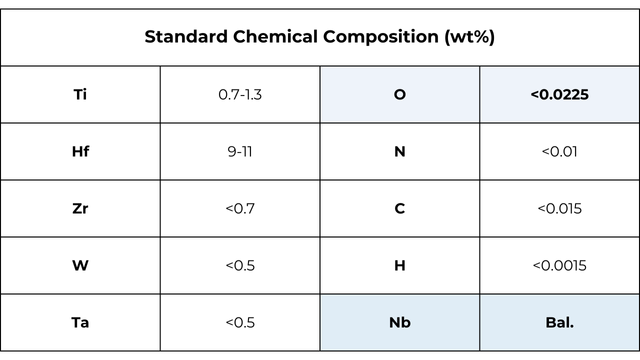
Fig 1. Composition of C103 Spherical Powder (Niobium Hafnium)
C103 powder is used more in recent times in additive manufacturing or 3D printing because of the following advantages:
Oxygen content in C103 spherical powder is a major issue affecting its performance, especially in high-temperature applications and additive manufacturing.
Generally, the mechanical properties, processability, and high-temperature stability of a material are affected by oxygen levels. Specific ways oxygen content influences performance in C103 powders are as follows.
1. Increased Brittleness
Higher oxygen content can make the alloy C103 more brittle. Oxygen very readily reacts with niobium to form oxides of niobium, such as Nb₂O₅. These oxides tend to accumulate at grain boundaries, thus forming small inclusions or precipitates. It reduces ductility and impact resistance by enhancing brittleness. Poor machinability and shorter service life are associated with 3D-printed parts made from high-oxygen C103 powder with industrial manufacture.
2. Reduced High-Temperature Performance
One of the most common uses of C103 is in high-temperature applications due to its heat-resistant properties, including strength and corrosion resistance. However, this is degraded by increased oxygen content. Due to the formation of oxides, the high temperatures increase the rate of oxidation; thus, the material's resistance to high-temperature oxidation is decreased. This is highly unfavorable, especially for components subjected to extreme conditions, such as rocket nozzles and combustion chambers.
3. Impaired Processability
Higher oxygen content impairs C103 powder processability, in particular in additive manufacturing and 3D printing. Inclusions of oxide may further deteriorate the flowability of the powder, negatively affecting the density and quality of the surface of printed parts. Furthermore, high oxygen content can crack or further complicate the treatment with heat and machining.
4. Poor Resistance to Fatigue
C103 materials with high oxygen content may give poor fatigue performance owing to the frequency of cycling and the magnitude of stress that a component may undergo. The oxide inclusions create sites of stress concentration inside the material that, over time, may become increasingly susceptible to crack formation during repeated loading and eventually lead to fatigue failure.

Fig 2. Combustion chambers
In contrast, the spherical powder form with low oxygen content has certain advantages, including the following:
Low oxygen content improves the material performance by reducing oxide inclusions in the powder. This generally enhances the mechanical properties, such as strength and ductility. Usually, in 3D printing and powder metallurgy, low-oxygen powder improves the flowability of the powder, which is expected to improve print or molding quality and consistency.
Low-oxygen powder is closer to the pure metal state and is quite suitable for applications that require high purity, like aerospace and implants. This type of powder has low sensitivity to temperature and, hence is not as prone to oxidation or pore defects at high temperatures during sintering or other forms of heat treatments. Oxidation and corrosion resistance of products made from the powders give a longer service life.
To ensure that C103 spherical powder performs best in additive manufacturing, control of oxygen content is necessary. The following techniques usually apply:
Controlling the oxygen content in C103 spherical powder is crucial for ensuring its excellent performance in high-temperature and additive manufacturing applications. High oxygen content can lead to brittleness, decreased processability, reduced fatigue performance, and lower high-temperature stability. Therefore, strict control of oxygen levels during production and handling is vital to maintaining the high performance of the material.
Founded in 1994, Stanford Advanced Materials (SAM) is committed to providing first-class atomized metal alloy powders to customers in the commercial and industrial fields. SAM can provide you with spherical C103 powder with an oxygen content of less than 0.025%.
Related Article:
Overview of C103 Spherical Powder: Composition, Properties, Applications

